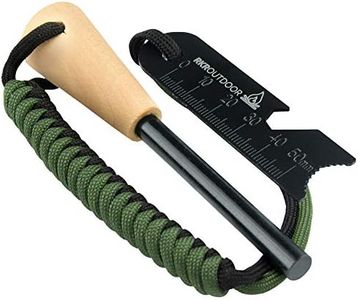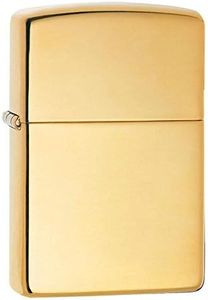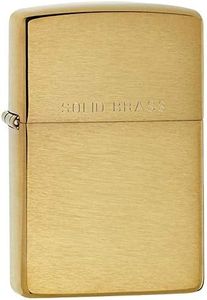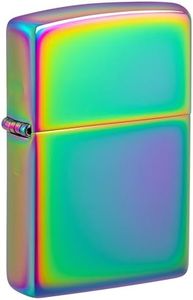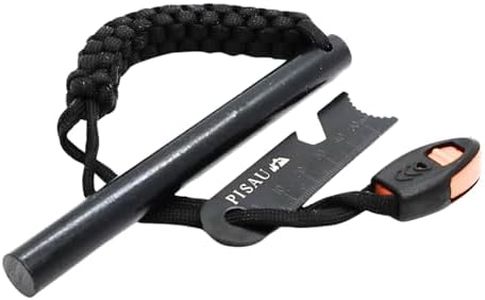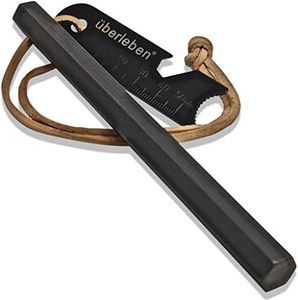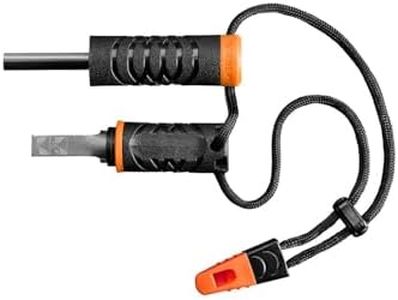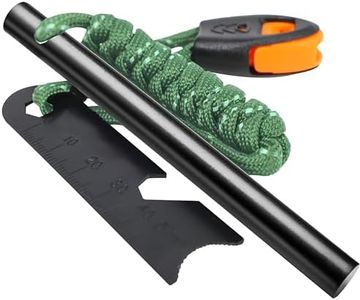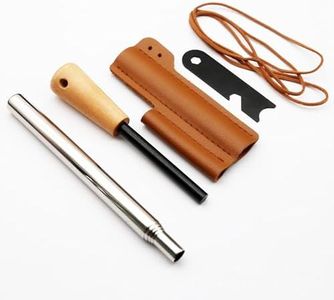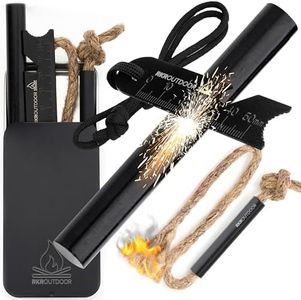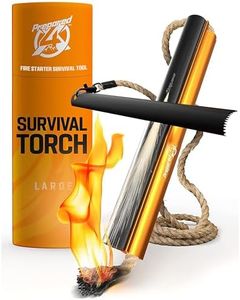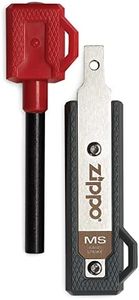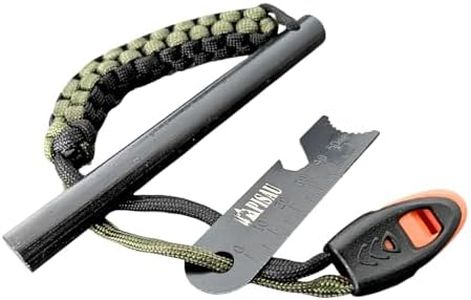We Use CookiesWe use cookies to enhance the security, performance,
functionality and for analytical and promotional activities. By continuing to browse this site you
are agreeing to our privacy policy
10 Best Survival Fire Starters
From leading brands and best sellers available on the web.Buying Guide for the Best Survival Fire Starters
Choosing the right survival fire starter can be the difference between warmth and frustration during outdoor adventures. It's important to pick a fire starter that matches your experience level, the types of environments you plan to encounter, and how reliable you need the tool to be under stress. Understanding the key features and knowing what to look for in each will help ensure you have a dependable method for fire-making whenever you need it.Ignition MethodThe ignition method tells you how the fire starter creates sparks or fire. Common methods include ferrocerium rods (ferro rods), magnesium blocks, flint and steel, matches, or lighters. Ferro rods are popular for reliability in all weather and can create very hot sparks, but require some practice. Magnesium blocks allow you to shave magnesium for extra hot, quick-burning flames, good for damp tinder, but are less convenient for fast fire-starting. Flint and steel is classic and nearly failproof, but takes skill. Matches and lighters are easiest to use but can be affected by moisture and wind. Beginners may prefer ferro rods or stormproof matches, while those comfortable with primitive skills might enjoy flint and steel.
Weather ResistanceWeather resistance describes how well a fire starter works in rain, snow, or wind. Some materials, like ferrocerium and magnesium, work well even when wet, while regular matches might fail if damp. Stormproof matches or waterproof lighters are designed specifically to handle tough environments, while traditional lighters and normal matches are better for dry conditions. If you expect wet or unpredictable weather, prioritize a waterproof or weather-resistant method to ensure reliability.
Ease of UseEase of use reflects how simple it is to get a fire going. Some fire starters require specific techniques, practice, or muscle strength, while others are intuitive for most people. Beginners or those who might be cold or stressed should prefer uncomplicated fire starters, such as one-handed lighters or stormproof matches, over methods needing fine motor skills like flint and steel. If you have experience or want to practice bushcraft skills, you might favor more traditional or challenging methods.
Durability and LifespanDurability is about how long the fire starter will last and how tough it is. Ferrocerium rods commonly last several thousand strikes, ideal for frequent use or longer expeditions. Matches and lighters are limited in lifespan by the number of uses or available fuel. Metal tools like flint and steel or magnesium bars can last years if used and maintained properly. For long trips or repeated use, pick a fire starter known for a long lifespan and toughness, while for occasional outings single-use or disposable options may be enough.
PortabilityPortability considers the size and weight of the fire starter. Compact rods, small match containers, and mini lighters take up less space and suit lightweight outings or emergency kits. Larger kits may include built-in strikers, extra tinder, or bulkier tools, better for car camping or emergency home use. If you need to carry gear for long distances or pack minimally, focus on lightweight and small fire starters.
Tinder CompatibilityTinder compatibility refers to what kind of tinder the fire starter works best with. Some tools, especially ferro rods and magnesium, work well with fine, fluffy tinders (like cotton balls, wood shavings, or commercial tinder tabs). Others, like matches or lighters, can ignite rougher materials more easily. If you can’t always rely on finding dry, natural tinder, bring or choose a fire starter that pairs well with man-made tinder or includes some for emergencies.
